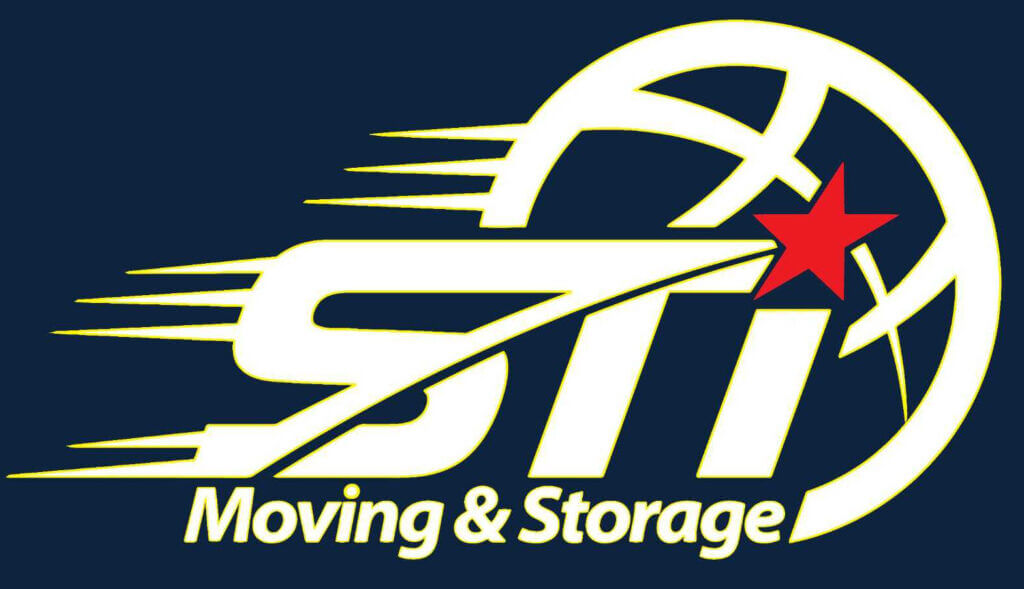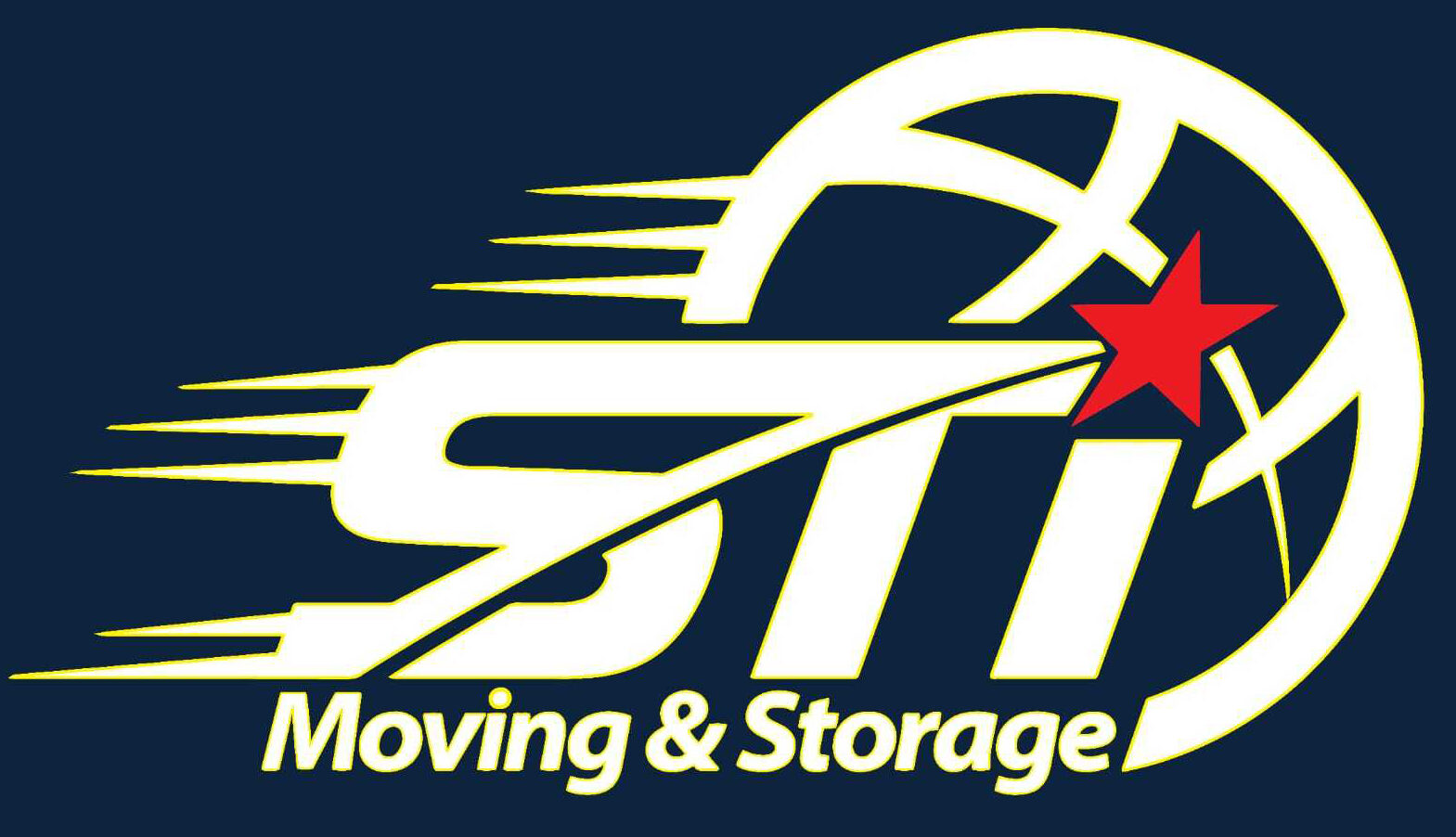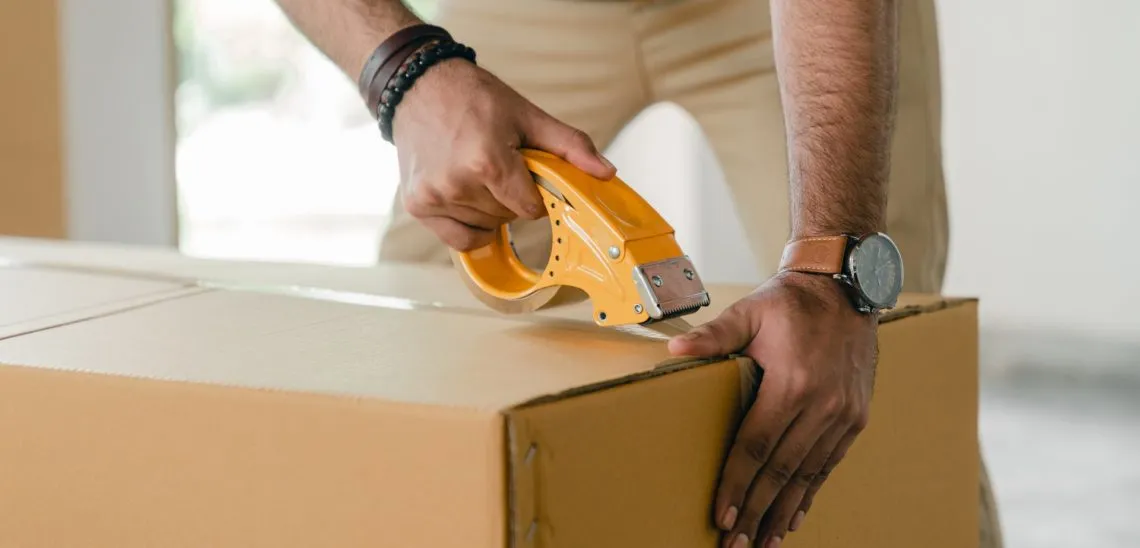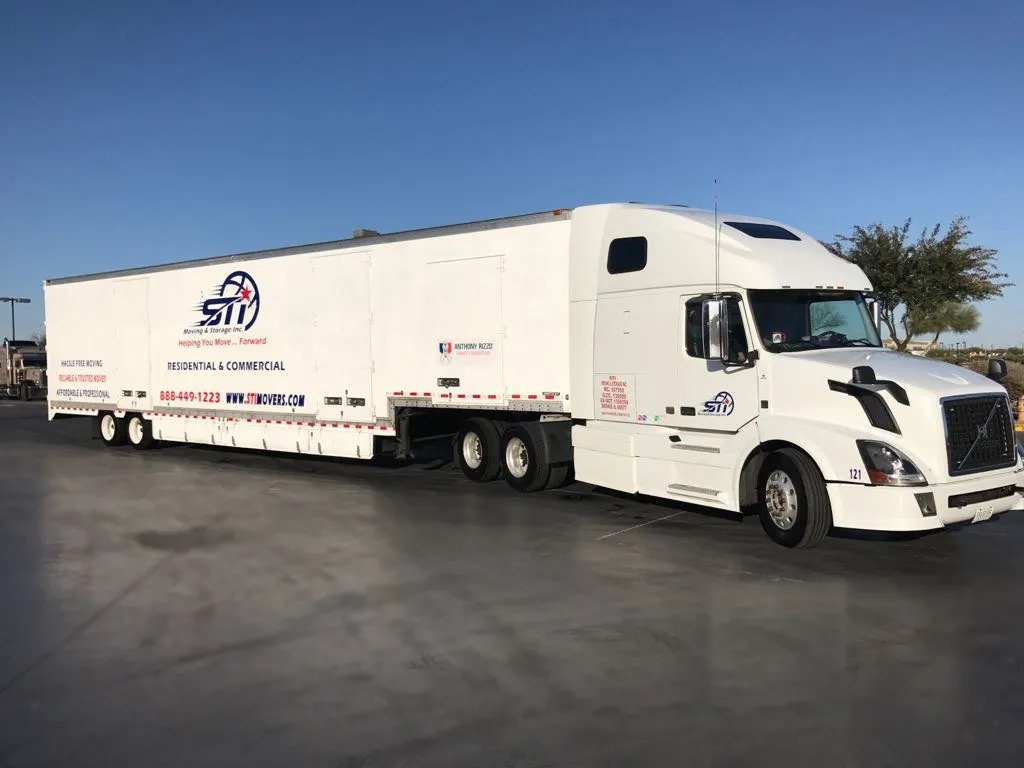Packing is one of the most challenging – if not the most challenging – parts of the moving process. It can get very stressful pretty quickly and the crucial points about it are starting on time and preparation before starting. If you get these two down, you will pack rather easily and smoothly. So, what are the crucial points of packing and where to start? Let’s check the essential packing tips to help you out.
Give Yourself Time
When you have to pack and relocate all the items from your house, that’s when you realize how many items there are. We are not saying this to freak you out, but the more time you give yourself, the less stressed you will be. When you pack in advance, you will feel much less under pressure and the packing process will be easier, whether you need to relocate large items or complete any other task.
Creating a packing timeline can help break down the process into manageable steps. Start with items you don’t use daily, like seasonal clothing, books, or holiday decorations. By setting aside a specific amount of time each day or week, you make consistent progress without feeling overwhelmed. Working in short, planned bursts makes packing more productive, giving you time to organize each item and pack it safely.
Have Your Valuables in One Place
Your high-value items like expensive jewelry, money in cash, documents of high importance, etc. are your responsibility. We recommend you always take care of those items on your own because it will make you feel safer and you won’t have to shift that kind of responsibility on someone else.
It’s also a good idea to make a checklist of these valuables to keep track of everything you’re bringing with you. Consider using a small, secure bag or lockable case for added protection. Important documents like passports, birth certificates, and insurance papers should be kept in a labeled folder, while valuables like jewelry can be stored in a sturdy container that’s easy to carry. By handling these items personally, you’ll have peace of mind knowing that your most important belongings are safe.
Pack Essentials Bag
Things like toiletries, change of clothes, some essential medications, and bedsheets should always be on hand, and that’s what an essentials’ bag is for. Pack it in advance so you don’t forget about it as the relocation comes close, your team of movers comes, and everything gets more hectic. You will take that bag of essentials with you and be all set right after you move in.
The essentials bag, sometimes called a “first-night bag,” should contain everything you might need for the first day or two after moving. This can include toiletries, pajamas, a phone charger, a towel, and even a few snacks. Having easy access to these basics makes settling in much smoother, allowing you to focus on unpacking without rushing to find your necessities. An essentials bag is particularly helpful for families with children or pets, as it keeps everyone comfortable during the transition.
Label Boxes Clearly
One of the most effective ways to stay organized while packing is to label boxes clearly. Include not only the room each box belongs to but also a brief description of its contents (e.g., “Kitchen – Plates and Glasses”). This will help you and the movers know exactly where each box should go, making the unpacking process faster and more efficient.
Using color-coded labels can further streamline the process. For example, assign each room a color and place a matching colored sticker or tape on each box that corresponds to that room. This visual system helps you and your movers quickly identify where each box belongs, saving time and reducing confusion on moving day.
Use High-Quality Packing Materials
Investing in high-quality packing materials, like sturdy boxes, bubble wrap, packing paper, and heavy-duty tape, can make a huge difference in keeping your belongings safe. Fragile items should be wrapped individually and placed in boxes with plenty of padding. Additionally, double-walled boxes can offer extra protection for heavier items, such as books or kitchenware.
For special or delicate items, consider using specialty boxes, like dish packs with dividers for glassware or wardrobe boxes for clothing. These materials may cost a bit more, but they reduce the risk of damage, ultimately saving you time and money by protecting your valuables during transit.
Declutter Before You Pack
Before you start packing, take the opportunity to declutter your home. Go through each room and set aside items that you no longer use or need. This might include clothing you haven’t worn in years, old electronics, or kitchen gadgets collecting dust. By decluttering before packing, you reduce the number of items you have to move, making the process more efficient and affordable.
Sort items into categories: keep, donate, sell, or discard. Donate gently used items to local charities, and consider selling valuable but unused items to help offset moving costs. Letting go of unnecessary belongings makes packing easier and ensures your new home is filled only with things you genuinely want or need.
Pack Room by Room
Packing room by room is an organized approach that prevents the chaos of scattered belongings. Focus on completing one room at a time, starting with less frequently used spaces like guest rooms or storage areas. This method helps you track progress, and you’ll feel a sense of accomplishment with each room you complete. This approach also simplifies the unpacking process since each box will contain items specific to one room. Starting and finishing each room individually keeps things organized and makes the transition into your new home smoother.
Conclusion
Packing for a move can be daunting, but with proper planning and organization, it can become a manageable and even enjoyable process. Giving yourself plenty of time, keeping valuables safe, preparing an essentials bag, and labeling boxes are just some strategies that make a big difference. By using high-quality materials, decluttering, and packing room by room, you set yourself up for a smooth transition into your new home. With these tips in hand, you’ll be well-prepared to face the challenges of moving with confidence and ease.



